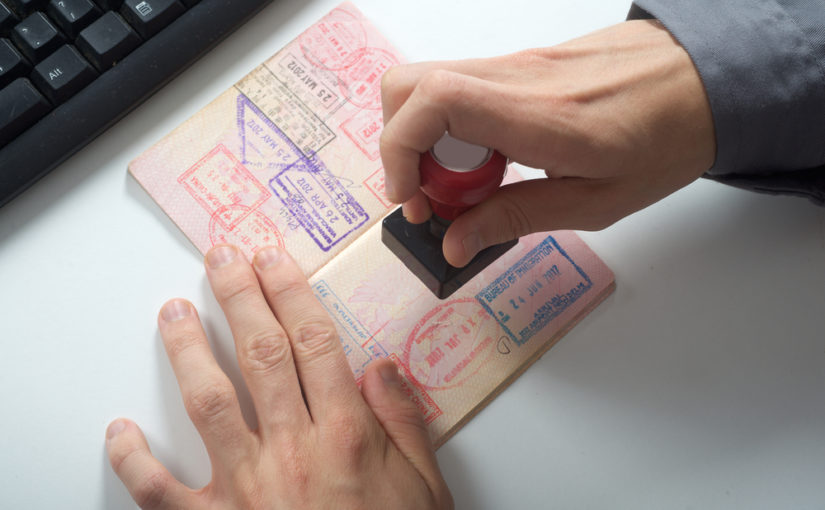What is a customs regime?
Custom regimes are the set of operations that seek to give a specific customs destination (a clear place and purpose) to a good, according to the particular interest of the importer or exporter. Their importance in foreign trade could be defined from the following points:
- They establish general rules to make import and export processes more efficient.
- They allow customs control of goods entering or leaving the country.
- They provide customs with a universal classification.
Customs regimes types
In Mexico, the Tax Administration Service (SAT) has established six mandatory customs regimes for import and export activities.
- Definitive (import and/or export):
- Imports: Goods coming from abroad that will remain in the national territory for an unlimited period of time.
- Exports: Goods going outside the country that will remain in the international territory for an unlimited period of time.
- Temporary (import and/or export):
- Imports: Goods coming from abroad that will remain in the national territory for a limited period of time.
- Exports: Goods going outside the country that will remain in the international territory for a limited period of time.
- Bonded warehouse: The storage of domestic or foreign merchandise in bonded warehouses, which are accredited by customs authorities.
- Transfer (or transit) of goods: It exists in two forms: internal or international. The internal refers to the transfer of goods under fiscal control from one national customs office to another. The international one occurs between international customs, crossing through a specific country.
- Processing, transformation or repair in bonded warehouse: This customs procedure refers to the entry of foreign or domestic goods into the bonded warehouse for processing, transformation or repair.
- Strategic bonded warehouse: The entry of foreign, national or nationalized goods into strategic bonded warehouses for a limited period of time.



